Suborder Nematocera Superfamily Chironomoidea Scientific name Belgica antarctica Higher classification Belgica Order Fly | Superorder Panorpida Infraorder Culicomorpha Rank Species | |
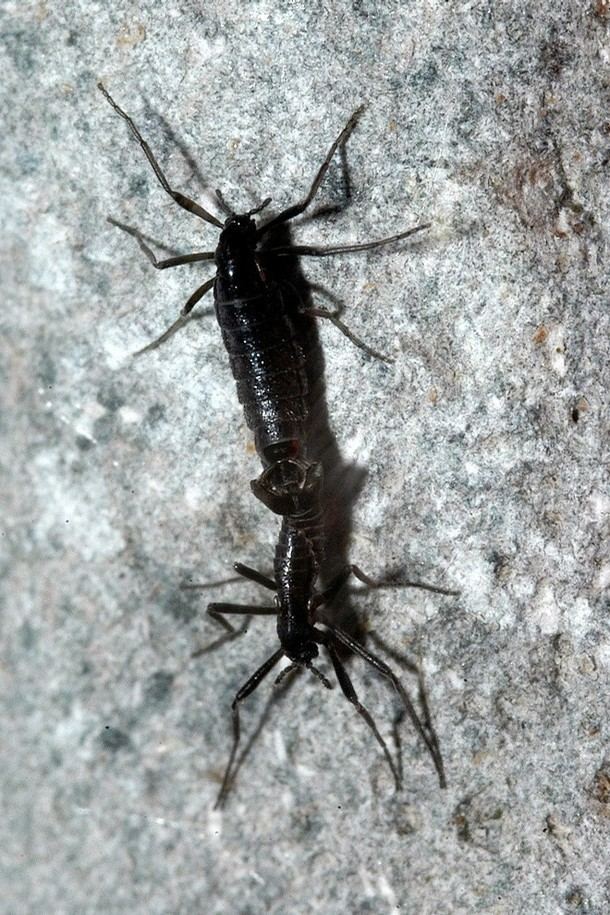 | ||
Similar Fly, Polypedilum vanderplanki, Deschampsia antarctica, Sarcophaga crassipalpis, Eurosta | ||
walking antarctic midge belgica antarctica adult male
Belgica antarctica, the Antarctic midge, is a species of flightless midge, endemic to the continent of Antarctica. At 2–6 mm (0.079–0.24 in) long, it is the largest purely terrestrial animal on the continent, as well as its only insect. It also has the smallest known insect genome as of 2014, with only 99 million base pairs of nucleotides (and about 13,500 genes).
Contents
- walking antarctic midge belgica antarctica adult male
- Physiology
- Tolerance to extreme conditions
- Lifecycle
- References

Physiology
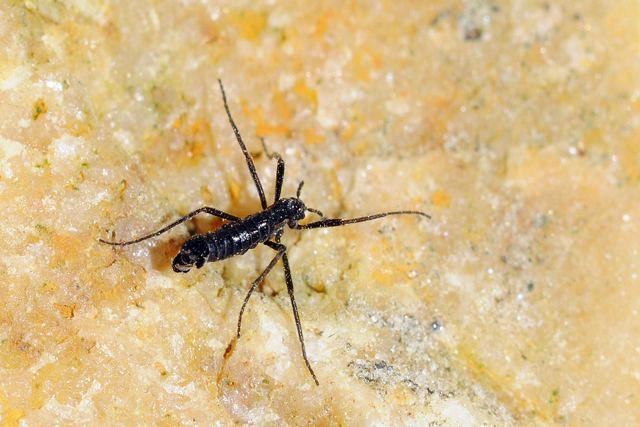
The flightlessness of B. antarctica may be an adaptation to prevent wind from blowing it into inhospitable areas. It can survive the freezing of its body fluids and has a lifespan of two years; with the two growing seasons, it is able to accumulate the energy needed to reproduce. With its deep purplish black coloration it is able to absorb heat to survive. It is also able to tolerate large changes in salinity and pH and can survive without oxygen for 2–4 weeks.
Tolerance to extreme conditions
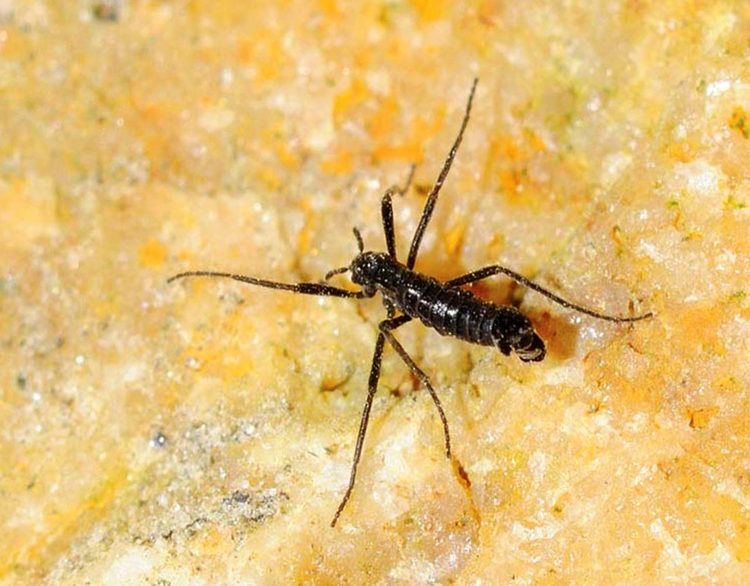
B. antarctica can survive freezing, but despite air temperatures reaching as low as -40 °C, this insect will not be alive after temperature drops under -15 °C. This is less than other cold-adapted insects. The reason for this comparatively low freezing tolerance is due to thermal buffering: just burrowing at a depth of 1 cm, temperature is stable between 0 and -2 °C for 10 months out of 12, and it seldom goes lower than -7 °C all year round. Ice and snow cover also helps keeping the temperature stable. Freezing tolerance is enhanced by cold hardening.
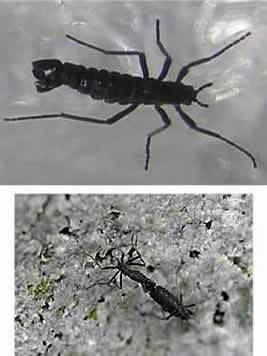
To adapt to the cold temperatures, B.antarctica accumulates trehalose, glucose, and erythritol. These compounds help the insect survive freezing by reducing the amount of ice that forms within the body. They also stabilize proteins and membranes, binding to them by means of hydrogen bonds. Heat shock proteins also help the tolerance to both high and low temperatures.
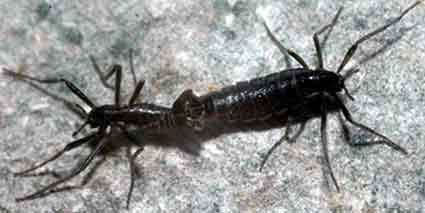
B.antarctica not only tolerates, but also requires a freezing climate to survive: exposure of larvae to mild temperatures as +10 °C is enough to kill them within a week. Exposure to temperatures of +30 °C kills individuals in a few hours. It can, however, resist partial desiccation, surviving the loss of up to 70% of body water.
Lifecycle
B. antarctica spends most of its two-year lifecycle in four larval stages. Overwintering may occur in any instar. Terrestrial algae, particularly Prasiola crispa, moss, organic detritus, and microorganisms provide the food for the larval stage. The adults emerge in the spring and summer and live no more than 10 days; females mate in their first day of life and a few days later release eggs. Mating occurs in large groups of males, analogous to swarms of winged midges.
